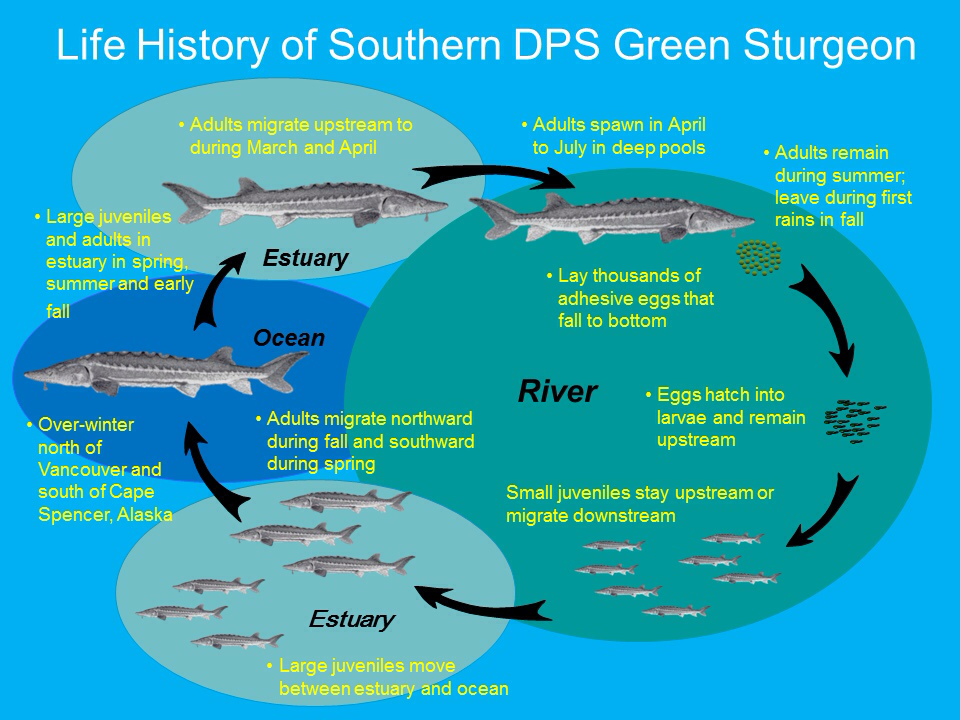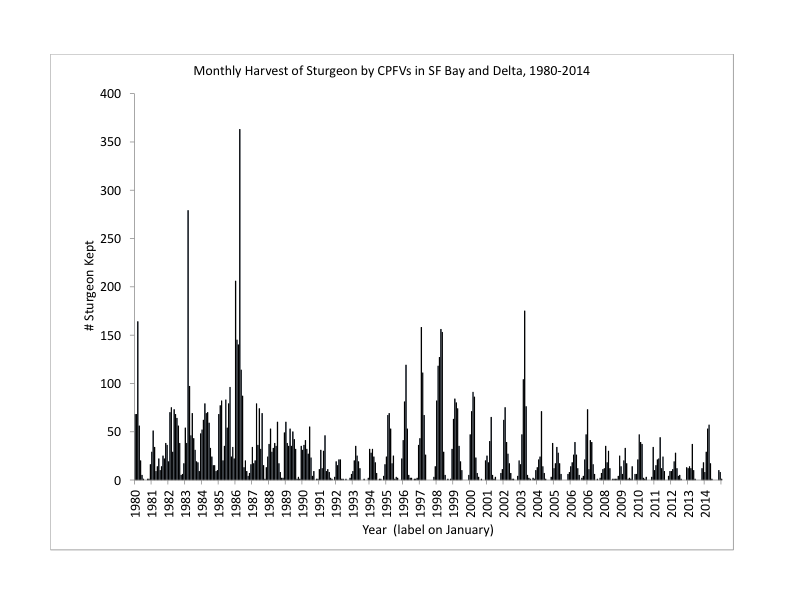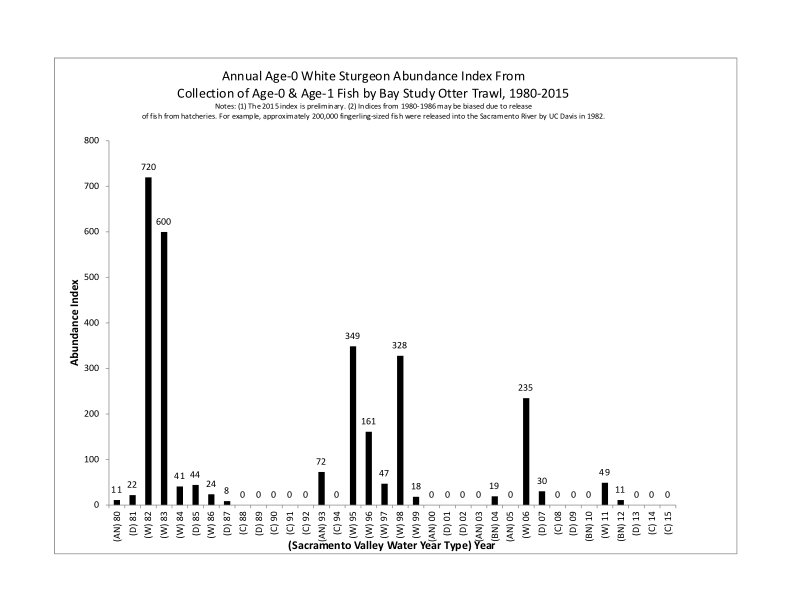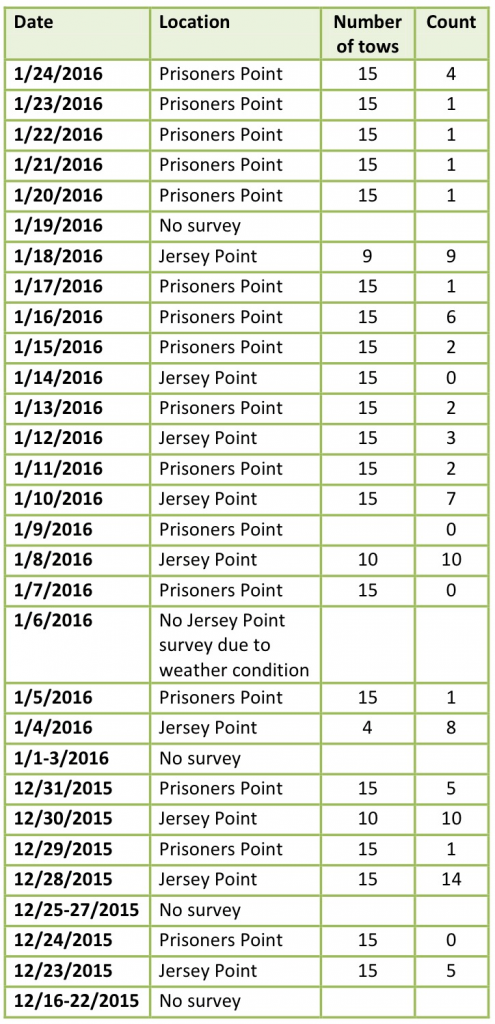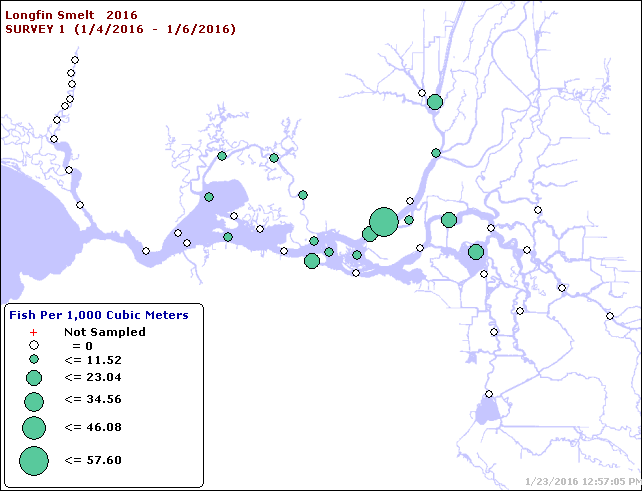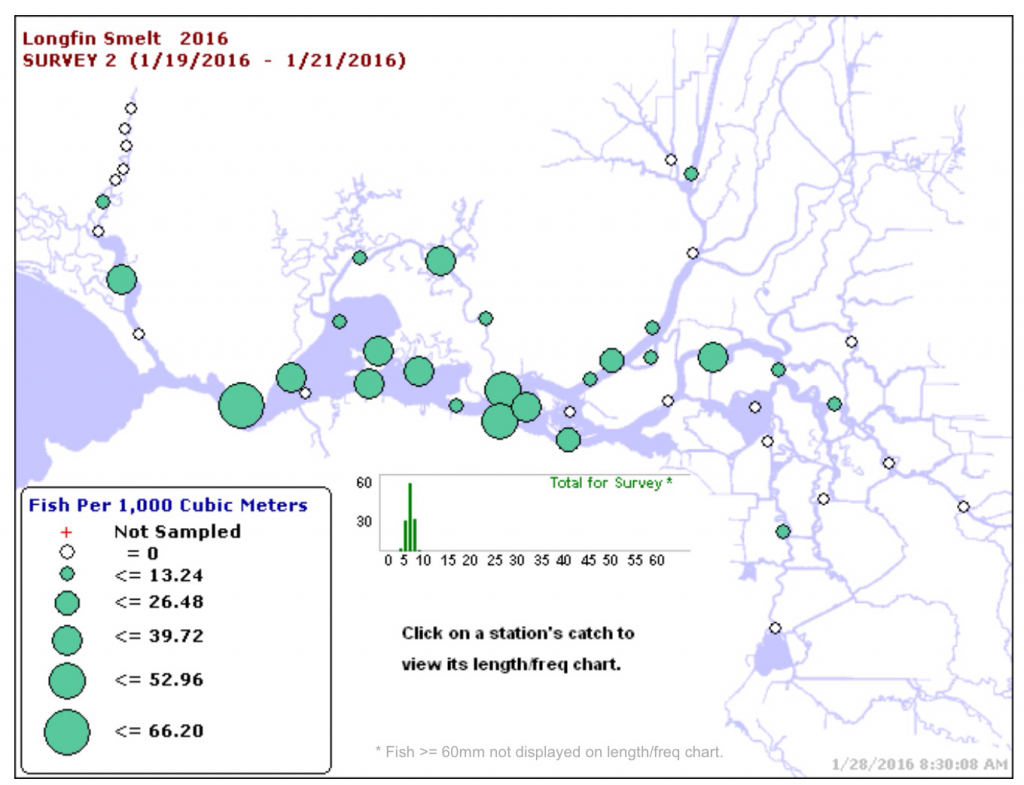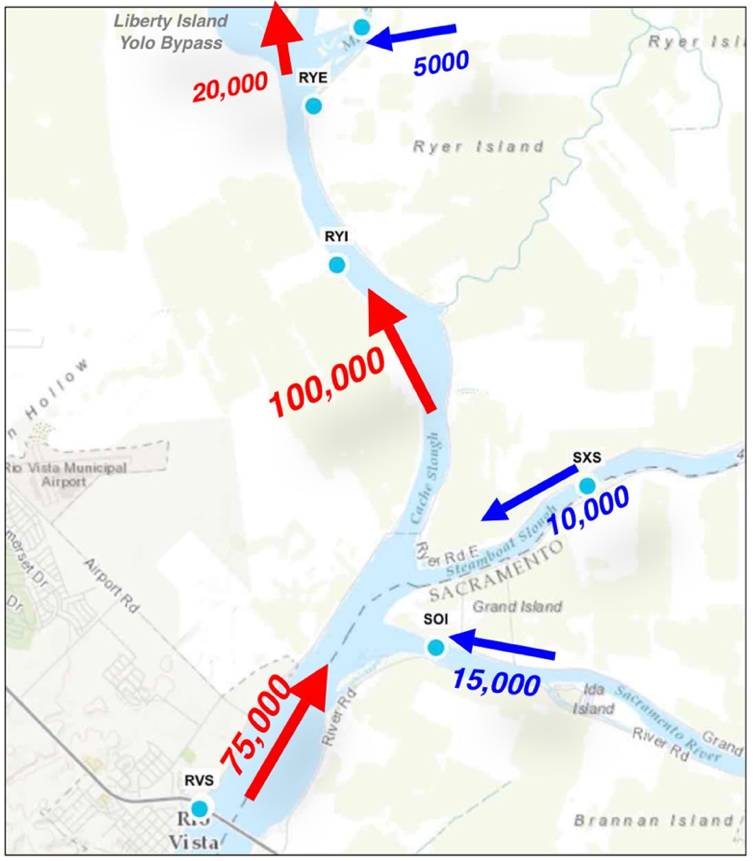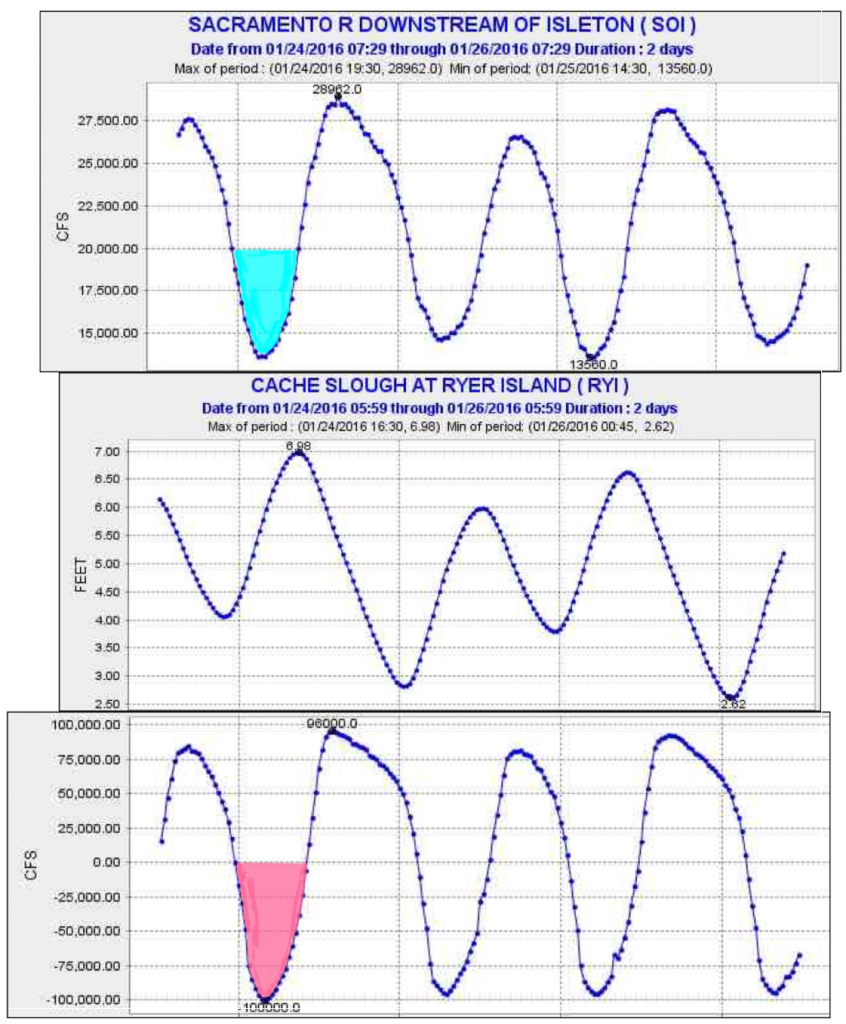The new internet “journalism” and “science” forums bring out fisheries issues for debate in an open forum in a timely manner. No longer do we have to wait for the peer-reviewed reports and papers to come out two or more years after the fact. I subscribe to all that I can find – blogs, newsletters, and websites. Two of my favorite blogs on California Central Valley issues are Fishbio’s Fish Report1 and UC Davis’s California Water Blog.2 For news and information nothing beats Mavens Notebook.3
A recent Fishbio post focuses on the problems with hatcheries.4 As in most posts (even mine), there is room for debate.
Their post begins with a discussion of the increasing reliance on hatcheries after 150 years of development in California. It fast-forwards to the present dependence on hatcheries for sport and commercial fisheries. It relates the recent recommendations of the California Hatchery Scientific Review Group:
- Define hatchery production goals in terms of the number of salmon that survive to age 3 in the ocean just prior to harvest, instead of setting goals based on the number of juvenile salmon released;
- Cease transporting and releasing juvenile salmon outside their river basin of origin;
- Improve monitoring and evaluation of hatchery operations; and
- Improve coordination of operations among hatcheries (CAHSRG 2012).
The Fishbio post then takes us subtly off-course with: “As a result of technological improvements and, possibly, human preferences to spawn the largest and fastest growing fish, salmon are growing to larger sizes faster in the hatchery environment, which has resulted in a new life-history type (springtime releases of “advanced smolts”). These large, young fish did not exist earlier in the time series, but they now dominate the type of fish released from state-operated hatcheries.”
While the state hatcheries do raise some “advanced” smolts for release into the Bay in late spring for the commercial fishermen, these fish are “advanced” only in the sense they are reared longer in the hatchery to a larger smolt size with greater chance of contributing to the commercial fishery along the coast after release in the Bay. The vast majority of the 30 million smolts raised in Central Valley hatcheries are “normal-sized” 3-inch April-May smolts, which in many cases are actually smaller and later ocean-entry than the wild salmon that enter the estuary as December-February fry-fingerlings and enter the ocean as smolts in March-April a month before their hatchery counterparts.
The post ends with a critique of hatchery practices: “Another marked change in hatchery practices occurred around year 2000, when fish began to be stocked at similar sizes in similar locations at similar times of year…. With long overdue, detailed hatchery information now freely available, more informed stewardship of California’s iconic salmon population is now possible.”
The fact is that stocking has become more diversified than ever. Millions are released at the hatcheries and in the mainstem rivers below hatcheries, often coincident with storm flows and good Delta conditions. Millions are released over the spring months directly into the Bay. The “advanced” smolts are usually released in June. In wet years, more are released in rivers, and in drought years, more are released in the Bay. Winter, Spring, Fall, and Late-Fall Run smolts are released at different times and places. Each hatchery has its own schedule to maximize use of the common resources (e.g., personnel, trucks, pens, ramps, etc.). Hatchery programs are now more “informed” and better managed and coordinated than ever before, and making concerted efforts to continue to improve.
Without the hatchery efforts in the past decade of drought, there would be few salmon left for sport and commercial fisheries. One of the greatest challenges for California fisheries management in the next decade is to continue to improve hatchery practices while also restoring wild salmon runs, so that the wild fish are not only kept from extinction but also contribute substantially to sport and commercial fisheries.

